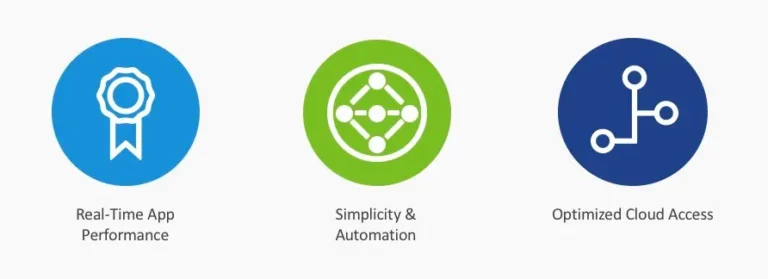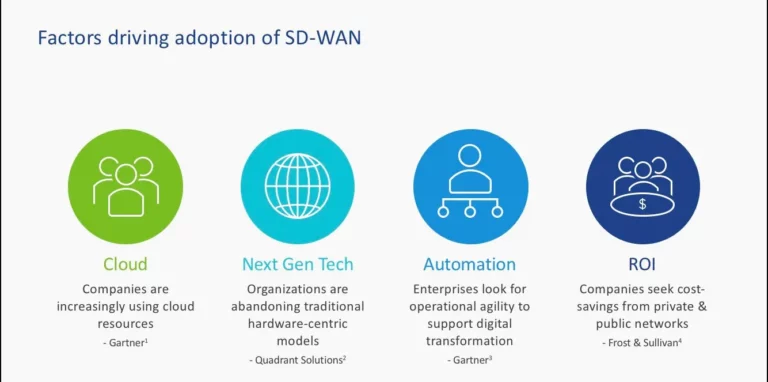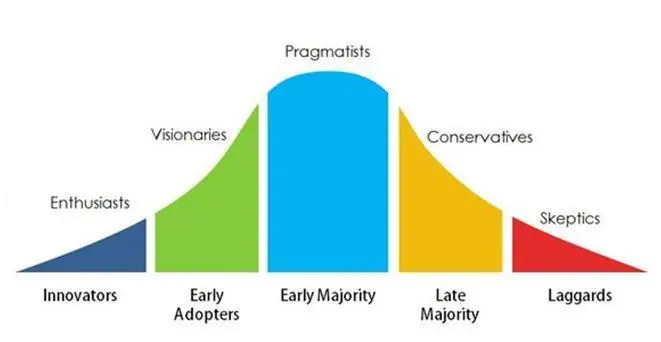Understanding SD-WAN: A Simplified Guide for Enterprises
The Impact of SD-WAN on Modern Enterprises
With all the press currently circulating about SD-WAN from a wide range of suppliers, it’s easy to lose sight of the basics and the true value it offers.
Using too much jargon and numerous acronyms is not going to help in obtaining financial sign-off for the business case. So for any execs or non-IT people looking for a simple overview, here we go.
What is SD-WAN and How Does it Work?
Software Defined Wide Area Network (SD-WAN) is the latest incarnation of WAN technology, primarily for enterprises. You will hear a lot about disruption and innovation in the SD-WAN space, and SD-WAN is truly a huge step forward, but understanding what’s new is essential.
The “Software Defined” part is the key here. Unlike previous WAN technologies, SD-WAN is fully controlled by a centralized software application, creating a virtual network on top of the circuits, known as an overlay. This approach provides vast improvements in visibility, performance and manageability of the WAN. Put simply, it makes your entire WAN environment vastly more intelligent and dynamic.
Why Your Enterprise Needs SD-WAN
Conventional WANs were ideal for interconnecting the largely static enterprise environments of the past: connecting offices with production facilities, retail outlets, data centers and maybe some cloud services as a bolted-on option. It typically used reliable but highly expensive dedicated bandwidth such as MPLS to connect sites, then a variety of expensive on-premise boxes to make it work to a secure, optimum standard.
But the future is about connecting users in a variety of locations, using a variety of devices and carriage services, to dispersed data storage locations (i.e., cloud services) and with the ability to collaborate across it all. In other words, the future is about flexibility and agility, about accommodating faster-changing business needs, integrating a wider range of transport technologies such as internet and 5G while providing a better user experience at a higher security standard but at a lower cost.
That’s what SD-WAN brings. Improved application performance for end users, with greater ease of use and improved integration with your cloud-delivered services (Office 365, Salesforce.com, AWS, Azure, etc.)

Source: VMware, Inc (2019)
What about 'Key Benefits of SD-WAN Implementation'
Apart from setting your enterprise up for the future, cost savings is a major driver for the migration to SD-WAN. Typically savings run in the range of 20-40% vs traditional WAN technology spend. When you factor in higher future state bandwidth requirements, this can be in the range of 40-80% savings.
The savings come from three key areas: the ability to use substantially cheaper circuits but maintain network performance (e.g., Internet), reduced equipment CAPEX and maintenance costs, and finally, reduced operational costs due to substantially simplified installation and ongoing management of sites.
SD-WAN also delivers substantial operational benefits in that deployment lead times can be slashed from months to weeks, implementation is simplified due to reduced engineering resource and site visits, a variety of circuit types can be utilized rather than being limited to the primary carrier options and all bandwidth is used in an active: active configuration rather than backup bandwidth just sitting idle.
This is all substantiated by numerous analyst reports and market statistics some of which are noted below.

Source: VMware, Inc (2019)
How to Purchase SD-WAN Solutions
Because the management overlay has been separated from the circuits (underlay), you have the choice of buying the overlay and the underlay either as a combined solution or separately from different vendors.
Telcos at a local, regional or global level will sell you an integrated underlay and overlay solution, typically as a fully managed service. While this provides one-stop-shop convenience, the downside can often be an operational model suited to the vendor with long-term contracts and inflexible commercials (i.e., SD-WAN our way).
Alternatively, you can buy the solution from different vendors. There is an ever-growing number of overlay vendors in the market while the ability to use internet broadly in any SD-WAN solution makes the ISP market a very competitive source of large-scale cheap bandwidth. Most specialist overlay vendors will happily supply a managed overlay solution to run on a separately sourced underlay solution.
What we have found popular is a co-managed solution whereby your staff can do the simple adds, moves and changes themselves while you leave the more complex tasks to the SD-WAN vendor. This will save your organization both time and money.
Is SD-WAN a Proven Business Solution?
In short, yes, but be aware there are many newcomers and niche vendors in the market.
SD-WAN has been commercially available for almost 5 years from the market founders, and now market leaders, such as VMware. These vendors and their partners have invested millions of dollars, deployed thousands of sites, accumulated lots of hard-earned experience and have extensive customer bases who will explain their experience with SD-WAN over a multi-year term.
However, it’s a huge growth industry (IDC predicts 40.4% compound annual growth rate from 2017 to 2022 to reach $4.5 billion) so there are lots of new vendors keen to get a share of the market. To date we have seen more than 60 “SD-WAN vendors” enter the market, many of who are still early in the experience cycle and many with solutions which either remain unproven or stretch the definition of SD-WAN to its limits.
Technology follows a well-established pattern in adoption, as illustrated below. Rest assured, if you are signing off an SD-WAN business now you are not among the most adventurous innovators at the front of the curve who paved the way for SD-WAN to go mainstream.

Source: Rogers (2003) Innovators & Laggards
Steps to Get Started with SD-WAN
Firstly you need to understand your needs for the future, this is best achieved by engaging the enterprise including key business, IT, and procurement representatives. Explore your vendor and technology options for both the overlay and underlay to then come up with a short list of feasible solutions and work out how you would like to go to market. You also need to focus on building your business case so that you can then convince the executive to support this generational technology change.
Need some assistance? For a high-level overview and advice on your options, Coevolve can help.